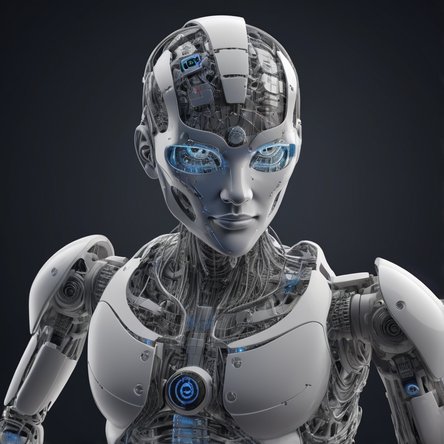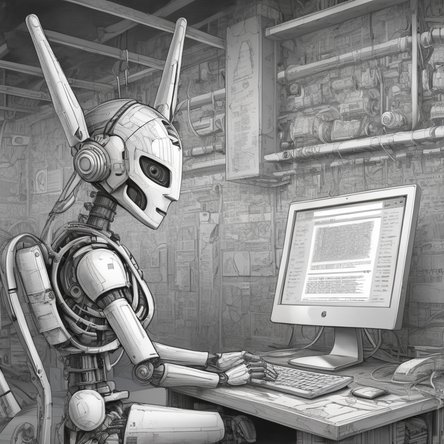Understanding CAPTCHA Codes
CAPTCHA codes, also known as Completely Automated Public Turing test to tell Computers and Humans Apart, are an essential tool in the world of digital security. These codes are designed to differentiate human users from automated bots, ensuring that only legitimate users can access certain online services and functionalities. The concept of CAPTCHA has evolved significantly since its inception, adapting to new challenges and improving in sophistication.
The Origins and Evolution of CAPTCHA
The idea of CAPTCHA was introduced in the early 2000s by researchers at Carnegie Mellon University. The primary goal was to create a test that could be easily solved by humans but remain challenging for computer programs. This need arose from the increasing prevalence of automated bots that could perform tasks such as spamming, brute-forcing login credentials, and scraping data from websites. The original CAPTCHA codes were simple text-based images that required users to identify and type a sequence of distorted letters and numbers.
As technology advanced, so did the capabilities of bots. Simple text-based CAPTCHAs became less effective as bots became better at recognizing and interpreting distorted text. This led to the development of more complex CAPTCHA systems, incorporating additional elements like image recognition, audio challenges, and interactive tasks. These new forms of CAPTCHA aimed to stay ahead of advancements in machine learning and artificial intelligence.
Types of CAPTCHA
Text-Based CAPTCHA
Text-based CAPTCHAs were the earliest form of these tests. They present users with an image containing distorted text, which the user must decipher and input correctly. The distortion includes various techniques such as wavy lines, overlapping characters, and background noise. While effective initially, advances in optical character recognition (OCR) technology have made these CAPTCHAs less reliable over time.
Image-Based CAPTCHA
In response to the declining effectiveness of text-based CAPTCHAs, image-based challenges emerged. One common variant is the "click on all images that contain a specific object" CAPTCHA. Users are presented with a grid of images and must select those that match the given criteria. This type of CAPTCHA leverages the human ability to recognize objects, which remains a challenging task for automated systems, despite advancements in computer vision.
Audio CAPTCHA
Audio CAPTCHAs are designed to be accessible to visually impaired users. These challenges present a series of spoken words or numbers, often with background noise or distortion, which the user must listen to and type correctly. Audio CAPTCHAs add an extra layer of accessibility but can still be susceptible to sophisticated voice recognition software.
Behavioral CAPTCHA
Behavioral CAPTCHAs analyze user behavior to determine whether the interaction is human or automated. This type of CAPTCHA monitors patterns such as mouse movements, typing speed, and interaction with web elements. Since human behavior tends to be more varied and nuanced compared to automated scripts, these CAPTCHAs can effectively distinguish between the two.
No CAPTCHA reCAPTCHA
Developed by Google, the No CAPTCHA reCAPTCHA presents users with a simple checkbox labeled "I'm not a robot." Behind the scenes, it analyzes various factors such as the user's IP address, cookies, and browsing behavior to determine whether the interaction is human or bot-driven. If further verification is needed, users may be prompted to complete an additional challenge, such as selecting images that match a given description.
The Role of CAPTCHA in Cybersecurity
CAPTCHA codes play a crucial role in protecting online services from malicious activities. They help prevent:
- Spam: Bots can create multiple fake accounts or post spam content on forums, blogs, and social media platforms. CAPTCHA codes prevent these automated submissions by ensuring that only humans can complete the registration or posting process.
- Brute Force Attacks: In brute force attacks, bots systematically attempt various username and password combinations to gain unauthorized access to accounts. CAPTCHA codes add an extra layer of security by requiring successful CAPTCHA completion before allowing login attempts.
- Data Scraping: Bots can scrape large amounts of data from websites, which can then be used for nefarious purposes such as identity theft, competitive analysis, or unauthorized redistribution. CAPTCHA codes limit automated data scraping by blocking non-human access.
- Ticket Scalping: Automated bots can purchase large quantities of event tickets in seconds, which are then resold at inflated prices. CAPTCHA codes ensure that only human users can purchase tickets, reducing the impact of scalping.
Challenges and Limitations of CAPTCHA
Despite their effectiveness, CAPTCHA codes are not without challenges and limitations. One of the primary issues is accessibility. Some CAPTCHA types, particularly image-based and audio CAPTCHAs, can be difficult for users with visual or auditory impairments. While there are efforts to create more inclusive CAPTCHA systems, striking the right balance between security and accessibility remains a challenge.
Another limitation is user frustration. CAPTCHA codes can be perceived as an inconvenience, leading to a poor user experience. Complex and time-consuming challenges may cause users to abandon the process altogether. Therefore, developers must carefully consider the user experience when implementing CAPTCHA systems.
Advances in artificial intelligence also pose a significant challenge to CAPTCHA effectiveness. As AI technology improves, bots become more adept at solving CAPTCHA challenges. This ongoing cat-and-mouse game requires continuous innovation and adaptation to stay ahead of malicious actors.
Future Directions for CAPTCHA
The future of CAPTCHA technology lies in leveraging advanced machine learning and behavioral analysis. By incorporating more sophisticated algorithms, CAPTCHA systems can become more effective at distinguishing between humans and bots. For example, future CAPTCHAs may analyze a combination of user behavior, biometric data, and contextual information to provide a seamless and secure user experience.
Additionally, there is a growing trend towards passive CAPTCHA systems that work in the background without requiring explicit user interaction. These systems analyze user behavior and other signals in real-time to determine the likelihood of human interaction. By minimizing the need for active challenges, passive CAPTCHAs can enhance security while maintaining a positive user experience.
Conclusion
CAPTCHA codes are a vital tool in the fight against automated bots and malicious activities online. From their humble beginnings as simple text-based challenges to the sophisticated behavioral and image-based systems of today, CAPTCHAs have continuously evolved to meet new threats. While challenges such as accessibility and user frustration remain, ongoing advancements in technology promise to make CAPTCHA systems more effective and user-friendly. As the digital landscape continues to evolve, so too will the methods we use to protect it, with CAPTCHA codes playing a crucial role in this ongoing effort.



